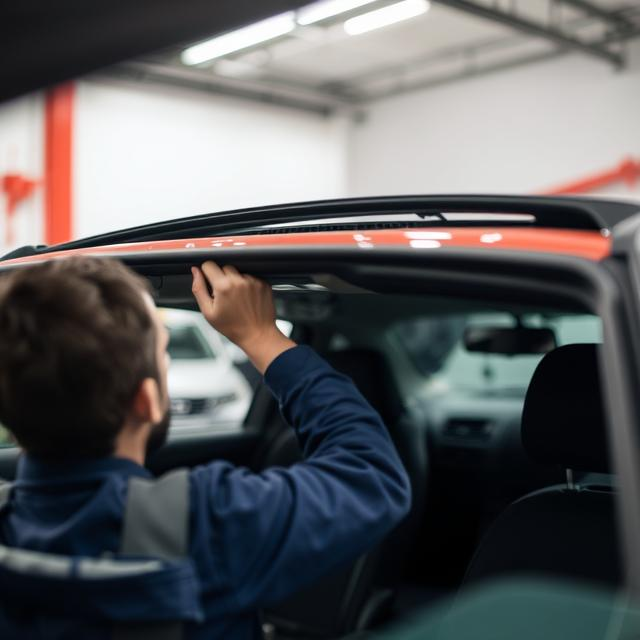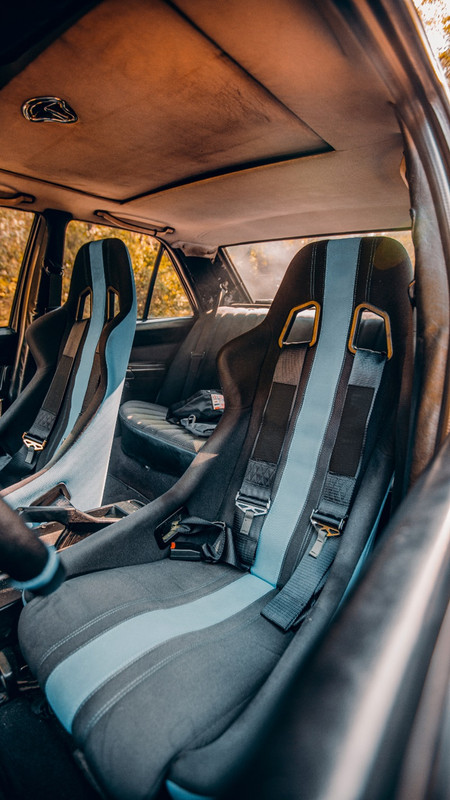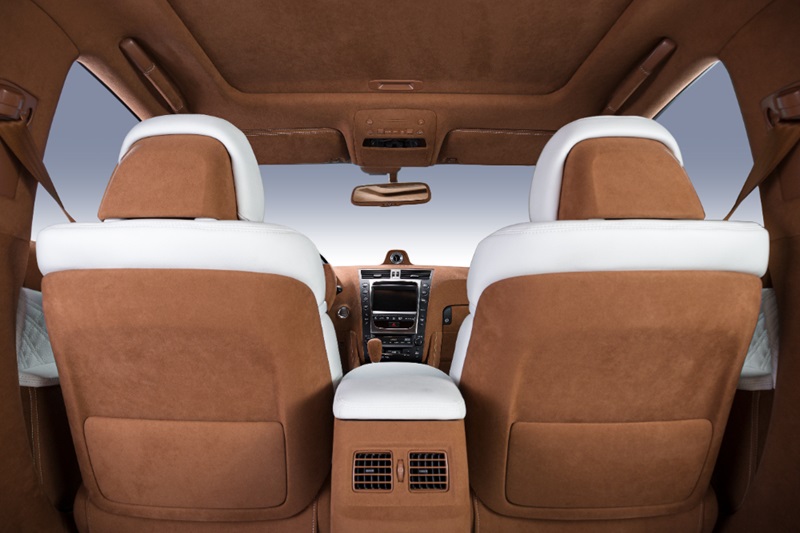All About Car Headliner Repair: A Complete Guide for Motor Enthusiasts
Does that sagging fabric above your head while you drive bother you? Have you wondered what the name of that...

Does that sagging fabric above your head while you drive bother you? Have you wondered what the name of that material is and how one goes about fixing it? Ever marvelled at the smooth, clean finish of a freshly detailed car interior and pondered over how to accomplish the same with your own car? Welcome aboard! This blog post, dedicated to car enthusiasts and proud motorheads, will address all these idle curiosities and much more. We’ll introduce you to one of the least understood, yet essential elements of your vehicle’s interior – the headliner.
The headliner, while often overlooked, plays a crucial role in your car’s interior aesthetics. In addition, it offers thermal insulation, reduces cabin noise and even provides some degree of safety. Unfortunately, however, it’s also prone to wear and tear over time. As a result, it may sag or outright detach, posing not just an aesthetic problem, but a safety hazard. Today, we’ll delve deep into the world of headliner repair.
Our comprehensive guide unpacks everything you need to know about repairing your car’s headliner. From understanding what it is, why it fails, and when to repair it, to step by step guides on repairing it yourself versus hiring professionals, and more. Buckle up, as we’re about to hit the high road of headliner repair.

What Exactly Is a Car Headliner?
A car headliner is more than just the fabric pinned to the interior roof of your car. It’s a composite material, typically made up of several layers, that adds comfort, aesthetics, and functionality to your vehicle. It consists of the outer fabric, the foam backing, and the board that attaches it to the roof. Understanding the structure and role of a headliner is the first step towards addressing problems when they arise.
Common Issues with Headliner and Its Causes
Headliners, like all car components, have their vulnerabilities. The most common issue people face is sagging or drooping headliners, primarily due to the weakening of the adhesive over time. But that’s not all; this section discusses each problem in detail and pinpoints its cause to help you prevent and address these issues effectively.
When Should You opt for a Headliner Repair?
Timely intervention is crucial when it comes to addressing headliner issues. While any sagging or tearing is an immediate cue for repair, there are subtle signs you should be aware of. Here, we’ll teach you how to spot the early warning signs and act before you have a full-blown headliner crisis on your hands.
DIY Versus Professional Headliner Repair
Is the DIY route your best option, or should you leave it to the professionals? This section will help you weigh your options, taking into consideration factors like cost, time commitment, skills needed and the pros and cons of each approach.
Step-By-Step Guide to DIY Headliner Repair
If you feel adventurous and decide to take on the task head-on, this section is for you. We’ll walk you through the process, step-by-step, with detailed instructions and insights, making the task less daunting and more enjoyable.

Tips for Maintaining Your Car’s Headliner
Prevention is better than cure, holds very true, especially where car maintenance is concerned. Learn how to care for your headliner, so it stays in prime condition for a longer duration, saving you time, effort and money in the long run.
Conclusion:
Understanding and addressing headliner issues is more than just a cosmetic upgrade; it’s an essential aspect of car maintenance. A car with a well-maintained interior enhances the driving experience and bolsters the vehicle’s overall value. So, whether you decide to fix the headliner yourself or enlist the help of professionals, the important thing is not to ignore it. A saggy headliner is not just an eyesore, but it’s also a potential safety risk. Now that you’ve taken the journey through our comprehensive guide, you’ve gained not just knowledge, but also the power to keep your car in the best possible condition, inside and out.



